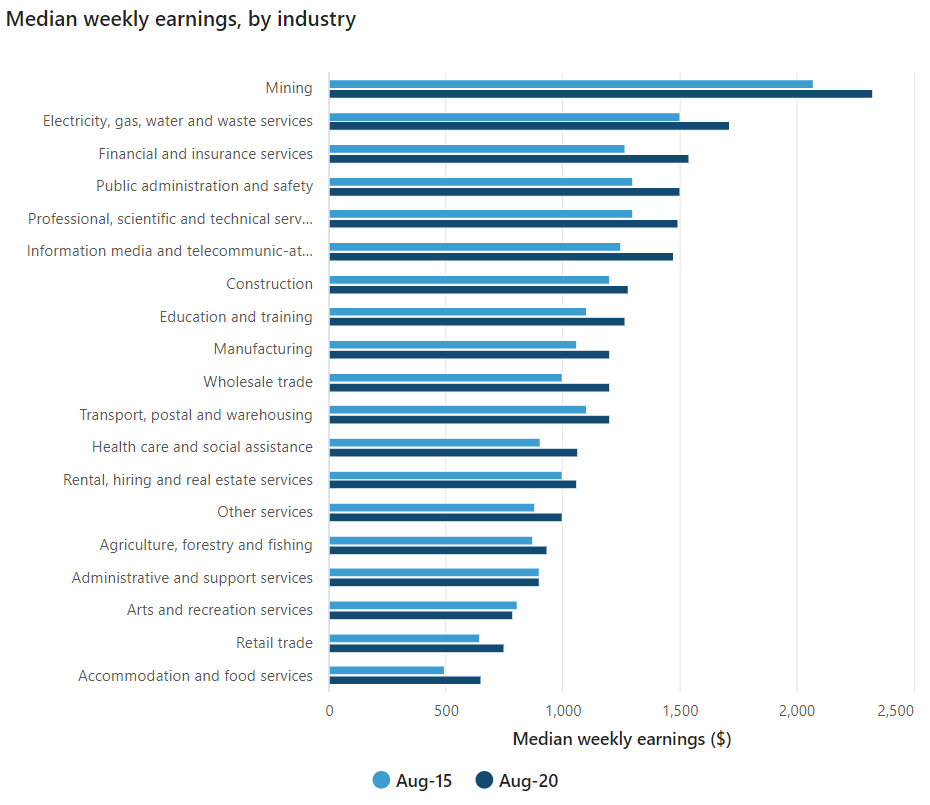Gourmet Traveller has published an excellent report on the hospitality industry’s labour shortages. The report presents the perspectives of employers, workers and researchers, revealing an industry surviving on the back of exploiting migrant workers.
Below are the key points from the report:
- At Sydney’s Nomad restaurant “the kitchen was predominantly staffed by international workers. “There were times where in a team of 25 to 30 chefs there might be just five Australian workers. [Migrants] are the backbone of the industry,” says executive chef Jacqui Challinor.
- Research on the impact of COVID-19 on the Nepalese expat community, who represent the fastest-growing migrant group in Australia, shows that hospitality is the second-largest employer of Nepali visa holders. Temporary migrants from Nepal are angry they were excluded from JobKeeper.
- International students routinely breached the 20 hour a week work limit by taking “precarious cash-in-hand jobs to make ends meet”.
- Associate professor Chris F Wright from the University of Sydney Business School says scrapping the 20 hour a week cap “will only expose already vulnerable workers to bad-faith employers”. In this regard, international students are described by Chris F Wright as “sacrificial lambs” offered up to exploitative workplaces.
- A comprehensive 2017 study of wage theft and working conditions amongst visa holders in Australia – found 77% of workers in the food services industry were paid below the minimum wage.
- A follow-up study three years later found that international students “continued to experience egregious underpayment”. It concluded with the warning: “In the absence of effective interventions, this situation will likely worsen when international students return to work as COVID-19 restrictions ease, with serious consequences for these workers and the labour market more broadly.”
- The shortage of migrant labour is forcing employers to improve wages and conditions: “International students say the labour vacuum has put them in an unlikely position of power, where the worker shortage is used as a bargaining chip for proper wages. ‘I have an impression that especially here in Byron Bay, it used to be so hard to get a job as a cook or front-of house so underpayment was normal,’ says one student. ‘Now it’s so hard for businesses to find workers, so many places seem to offer a fair pay rate'”.
- The “labour crisis was well underway before the pandemic, spurred by stagnant wages, poor working conditions, and a lack of quality training”.
- “In 2010, the number of food trade workers in apprenticeships and traineeships was 19,200, and by 2018 that declined to 12,000,” says Wright. “And those who actually completed those courses have declined by almost half, from 6,300 in 2014 to 3,200 in 2018”.
- “It’s been a really unattractive industry to join, with notoriously really bad pay, long hours and an unhealthy association with the party lifestyle” said Nomad executive chef Jacqui Challinor.
- Wage growth in hospitality is not just slow, it’s non-existent. “Hospitality is the lowest paid industry in the labour market, and over the past few years wages in the industry have generally not kept pace with inflation,” says Wright. “So if you’re working in hospitality, your wages are effectively going backwards.”
The primary reason why the hospitality industry struggles to attract and retain local staff is because it pays the lowest wages in Australia by a very large margin:
Handing the hospitality industry greater access to foreign workers will only keep wages depressed, deprive Australians of job opportunities, and exacerbate the migrant wage theft that is already systemic across the industry.
Many economists and commentators assume that mass immigration has no effect on wages. But the employers of imported labour are pretty clear that it keeps wages down.
It shouldn’t be so difficult to have a sensible migration policy that isn’t designed to suppress wages and entrench exploitation.


